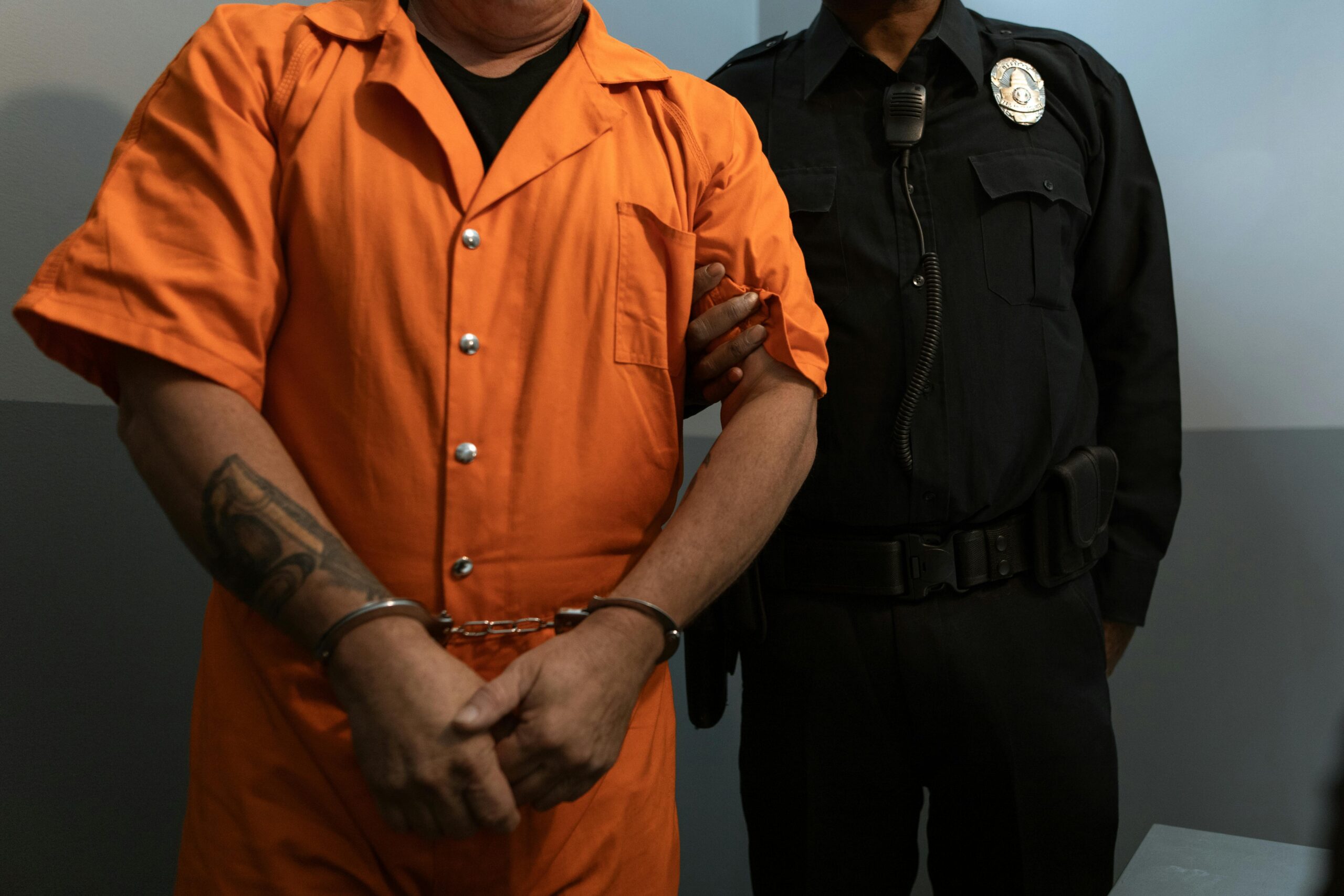According to the National Institute on Drug Abuse (NIH), when people misuse prescription drugs, it can lead to serious medical consequences. In the past 15 years, prescription drug abuse has increased significantly and this issue has been witnessed in the growing number of visits to emergency rooms, as well as prescription drug overdose deaths.
While Americans are aware of the dangers of overdosing on illegal street drugs, what many of them don’t realize is that prescription drug abuse and overdose has become a nationwide epidemic.
The number of accidental overdose deaths linked to opioid pain relievers has increased more than four times since 1999, according to the NIH, and claimed more lives than heroin and cocaine since 2002.
About Prescription Drugs
In today’s day and age, drug-related crimes involve prescription drugs and illegal street drugs, both of which are heavily regulated. Since it’s easier for people to get their hands on prescription drugs, we’re seeing an increase in prescription drug crimes and DWIs involving prescriptions.
The Federal Food, Drug, and Cosmetic Act, passed by Congress, created the two main classes of drugs in the United States: 1) non-prescription drugs, and 2) prescription drugs. Non-prescription drugs, such as Tylenol and Motrin can be bought over the counter without a doctor’s prescription.
On the other hand, prescription drugs cannot be legally obtained without a doctor’s prescription because they can be harmful if they are not used correctly. Because of their possible harmful side effects and potential for abuse, some prescription drugs are called scheduled or controlled drugs and therefore have additional controls placed on them, according to the Texas State Board of Pharmacy.
About Controlled Drugs
Controlled drugs are just that – controlled because they are potentially dangerous to human health. Controlled or scheduled drugs include certain prescription drugs as well as illegal street drugs, such as LSD, cocaine, heroin, PCP, and marijuana. These schedules were developed by the Federal Drug Enforcement Administration (DEA).
The controlled drugs are placed into “schedules” based on their risk of abuse, with Schedule I drugs having the “highest potential for abuse.” For example, Schedule I drugs include heroin and crack cocaine, whereas Schedule II drugs include oxycodone, Percodan, Ritalin, and other narcotic and stimulant drugs.
In Texas, the state’s drug crimes for prescriptions and all controlled substances are outlined in the Texas Controlled Substance Act. For example, possession of marijuana can be found under Section 481.121 of the Act. Under this section, possessing two ounces or less of marijuana is a Class B misdemeanor.
Need a Plano drug lawyer to fight your drug charges? Contact Zendeh Del Law Firm, PLLC, to arrange your initial consultation!








